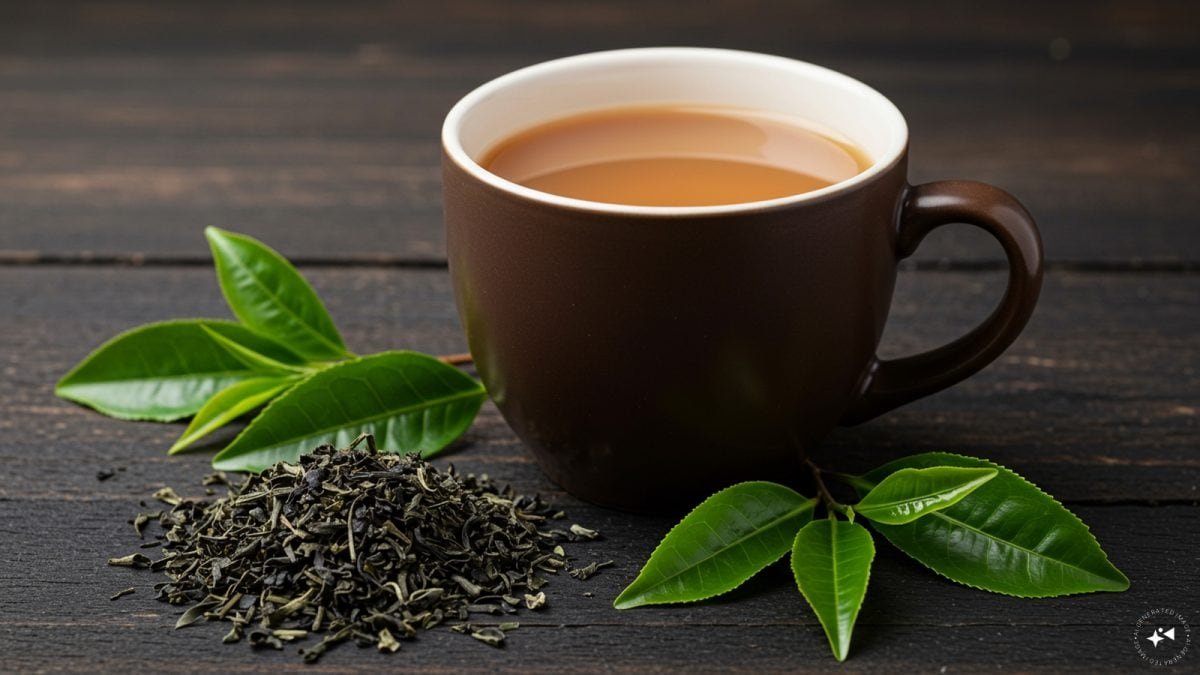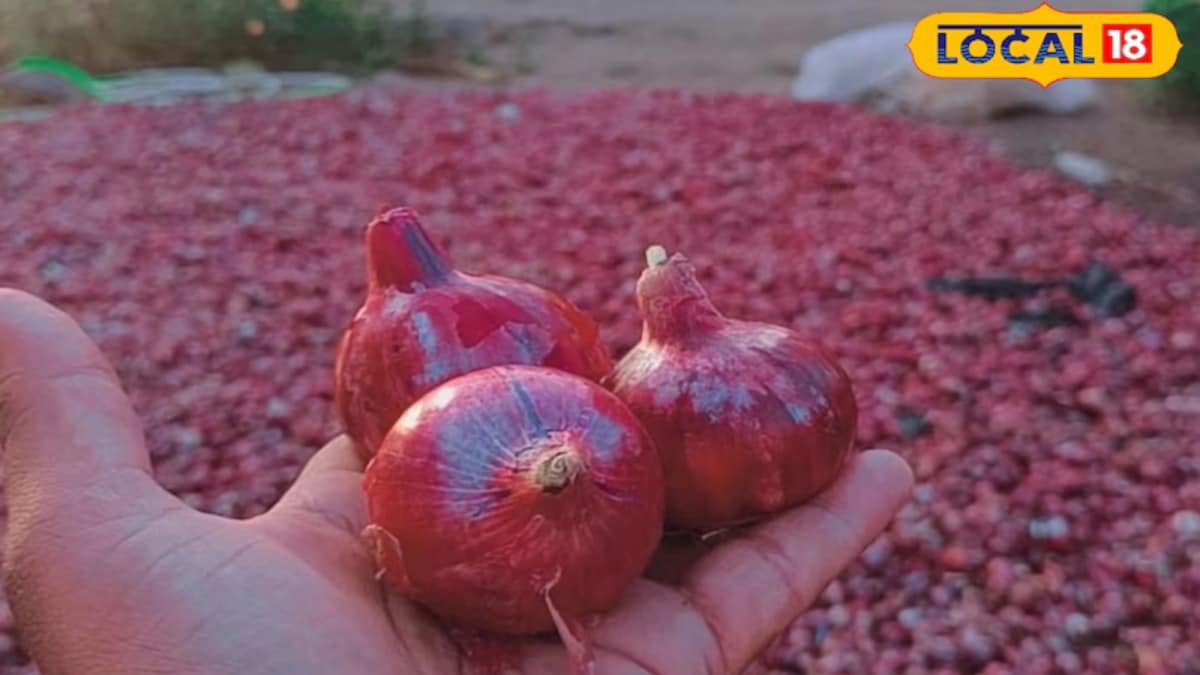Last Updated:June 29, 2025, 12:27 IST
India’s tea gardens, from misty hills to lush valleys, offer diverse flavours rooted in rich tradition and craftsmanship.
Darjeeling tea is light, floral, and perfect for afternoon relaxation.
India is more than just a tea-loving nation – it’s a vast and diverse landscape of thriving tea gardens. From lush river valleys to mist-kissed mountains, tea cultivation here is deeply rooted in tradition and craftsmanship. Every region adds its signature touch, giving rise to teas that vary in strength, aroma and character. Whether you’re a fan of robust morning brews or delicate afternoon sips, here’s a look at some of the country’s most celebrated tea-growing regions, where every leaf tells a story.
Assam
Located in India’s northeast, Assam is home to some of the world’s largest tea plantations. Grown in fertile plains with high humidity and ample rainfall, Assam tea is known for its full-bodied, malty flavour. This strong and brisk tea pairs beautifully with milk, making it a favourite for those who love a classic masala chai. It’s rich in caffeine and ideal for that much-needed morning boost.
Darjeeling
Tucked away in the Himalayan foothills of West Bengal, Darjeeling produces teas often described as the “champagne of teas.” Its high-altitude gardens yield leaves that brew into a light, floral infusion with subtle fruity undertones. With its refined taste and gentle aroma, Darjeeling tea is perfect for quiet moments and afternoon relaxation. It’s also packed with antioxidants and easy on the digestive system.
Nilgiris
In the rolling hills of Tamil Nadu’s Nilgiris or “Blue Mountains,” tea grows with a unique freshness and slightly fruity profile. Nilgiri teas are smooth, medium-bodied and refreshingly brisk. Thanks to their clean flavour, they’re a great option for both hot and cold brews. On a hot day, a chilled Nilgiri iced tea hits just right.
Kangra
Nestled in Himachal Pradesh’s scenic Kangra Valley, this lesser-known region offers delicate green and black teas with a gentle, grassy flavour and a crisp finish. Cultivated at moderate altitudes beneath the Dhauladhar range, Kangra teas are naturally soothing and ideal for those new to green tea or looking for a lighter, daily option.
Sikkim
Close to Darjeeling, the Temi Tea Estate in Sikkim stands out for its limited but high-quality production. These organically grown teas balance the elegance of Darjeeling with the robustness of Assam, creating a cup that’s smooth, aromatic, and slightly spiced. Sikkim tea is a mindful choice for those who value purity and a calming tea experience.
Dooars and Terai
Positioned at the base of the Himalayas in northern West Bengal, the Dooars and Terai regions produce vibrant teas that are medium-strong and wonderfully balanced. Not as intense as Assam or as delicate as Darjeeling, these teas offer a perfect middle ground – ideal for everyday drinking with a good dose of antioxidants.
Munnar
In Kerala’s Western Ghats, Munnar’s tea estates sit high among misty hills and winding trails. The cooler temperatures and rich soil create smooth, mellow teas with a faintly sweet note. Munnar tea is often light on the palate, easy to digest and hydrating – a lovely choice for those seeking calm and wellness in a cup.
- Location :
Delhi, India, India
- First Published:
#Assam #Munnar #Indias #Finest #Tea #Estates #Food #News



